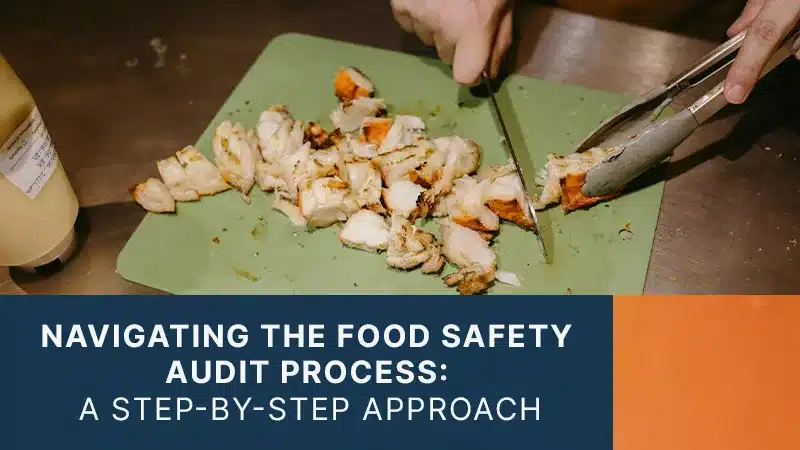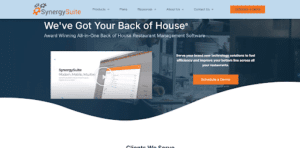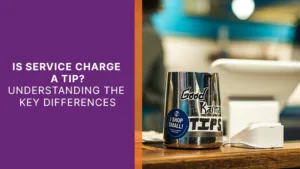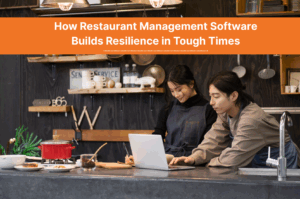Are you ready for your next food safety audit?
Whether you’re managing a small restaurant or a multi-unit chain, passing an audit is crucial to maintaining compliance and protecting your brand. This guide will show you how to make the process smooth and stress-free.
In an era where foodborne illnesses can lead to serious health crises, ensuring food safety has never been more critical.
Food safety audits are essential for businesses in the food industry, as they help identify weaknesses in safety protocols and enforce compliance with regulations. A thorough understanding of the audit process can protect consumers and enhance a restaurant’s reputation.
The players in a food safety audit include regulators, food safety professionals, and the restaurant management team. Each has a specific role that contributes to a successful audit outcome, emphasizing the collaborative nature of this process.
Recognizing the importance of planning, execution, and follow-up ensures that all parties stay aligned and focused on achieving food safety standards.
This article will guide you through the food safety audit process, detailing essential preparation steps, what to expect during the audit, and how to effectively implement corrective action afterward. With the added advantage of restaurant management software, navigating this complex process becomes much easier and more efficient.
The Importance of Food Safety Audits for Restaurants
Good food is safe food.
According to the CDC, 1 in 6 Americans are sickened by foodborne pathogens every year. More than 100,000 are hospitalized and thousands die from these illnesses.
Food safety audits are critical for maintaining high standards in food industries, ensuring that poor practices do not compromise certification or public health.
Regularly scheduled audits allow organizations to pinpoint areas where they may not comply with food safety regulations. Addressing these issues promptly helps improve the overall effectiveness of the food safety management system.
Internal audits play a vital role in fostering a strong food safety culture by continuously enhancing food safety operations and reducing the risk of foodborne illnesses. This process ensures that food businesses build consumer trust, thereby maintaining a competitive edge in the market. Importantly, audits cover crucial areas such as sanitation, storage, and employee hygiene, all essential in preventing the contamination of food products.
Moreover, third-party audits serve as an independent assessment, verifying compliance with established food safety standards. This independent verification not only boosts market competitiveness but also helps in securing certification, further strengthening the organization’s reputation.
Ultimately, both internal and external food safety audits are invaluable in safeguarding the integrity of the food supply chain and reinforcing a sense of ownership and accountability among employees.
Understanding First, Second, and Third-Party Food Safety Audits
In food safety audits, the primary players include the audit team, which can be a single food safety auditor or a group, depending on the audit’s complexity and scale. The audit team is responsible for assessing compliance with food safety standards within an organization.
There are generally three types of audits.
First-party audits involve internal auditors who assess their own organization’s food safety standards to ensure self-assessment and foster continual improvement. These audits help maintain a strong food safety culture and a sense of ownership among employees.
Second-party audits are conducted by organizations on their suppliers and contractors. This form of auditing evaluates suppliers’ compliance with food safety standards, ensuring quality management across the food supply chain.
Third-party audits, often necessary for certification, are conducted by independent bodies. These audits verify compliance with specified food safety requirements, often reflecting adherence to international standards. Accredited certification bodies perform these audits to ensure that the food safety management system is consistent and reliable.
Here is a quick overview of audit types:
| Audit Type | Conducted By | Purpose/Focus |
|---|---|---|
| First-party | Internal auditors | Self-assessment, improvement |
| Second-party | Primary organizations | Supplier performance, compliance |
| Third-party | Independent bodies | Certification, compliance verification |
How to Prepare for a Food Safety Audit in Restaurants
Preparing for a food safety audit involves meticulous planning and a commitment to uphold food safety standards.
Ensuring that all processes align with the established guidelines helps foster a strong food safety culture essential for successful evaluations. Below, we delve into the necessary steps, from planning to follow-up on corrective actions.
Planning and Preparation
Food safety audits typically require comprehensive planning, considering they may cover financial records, operational processes, and compliance with food safety regulations.
Training employees is crucial to ensure they understand and can execute food safety protocols effectively. The choice of audit—whether first-party, second-party, or third-party—depends on business needs and external requirements. Reviewing and enhancing your Hazard Analysis Critical Control Point (HACCP) plans and gathering documentation are vital preparation steps.
The Food Safety Audit Itself
During a food safety audit, businesses undergo a thorough evaluation to ensure compliance with industry standards and regulations.
Internal audits within the organization focus on self-assessment, while external audits by third-party organizations often aim for certification. Auditors evaluate both the theoretical aspects and practical execution of food safety management systems, using technical tools alongside industry knowledge to ensure adherence to guidelines.
Corrective Action
Developing a corrective action plan is essential if non-conformances are identified during an audit.
This plan should effectively address issues and outline steps for resolution. Proper documentation with clear problem descriptions facilitates actionable responses. Communication of corrective responsibilities is key to encouraging ownership and ensuring all personnel are engaged in the improvement process.
Corrective Action Follow-up
Following up on corrective action is crucial to ensure compliance and reinforce food safety measures.
Assessing the effectiveness of these actions is necessary to guarantee that they have successfully resolved issues highlighted during the audit. Continuous monitoring and evaluation of existing controls are imperative to uphold standards and drive the ongoing success of food safety systems.
Use Restaurant Management Software to Manage it All
The auditing process does not need to be one of dread.
Restaurant management software, like SynergySuite, is essential for ensuring a robust food safety culture and can help make the audit preparation process audit itself a breeze.
Our award-winning software provides comprehensive tools that help food businesses pass food safety audits and integrate food safety into their daily operations.
Tracking inventory, monitoring employee training, and generating checklist reports minimizes potential food safety issues, ensuring compliance with food safety regulations.
SynergySuite offers features that increase operational efficiency by streamlining processes crucial to a strong food safety management system.
With real-time reporting, HACCP compliance tracking, employee training modules, and seamless interfacing with vendors and dealers to track food safety compliance across your supply chain, SynergySuite is your resolute partner in food safety compliance.
This proactive approach enabled by our software allows for timely corrective actions and effective preventative strategies, reducing the risk of contamination and cross-contamination in the food supply chain.
Don’t wait for your next audit to catch you off guard.
Food safety audits don’t have to be daunting. With proper preparation, continuous training, and the right tools like SynergySuite, you can ensure compliance, build consumer trust, and protect your brand.
Schedule a free demo with SynergySuite today and see how we can simplify your food safety management!






